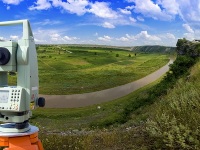Use of GIS has seen unprecedented growth in the last ten years. With the powerful technology getting cheaper and system memories expanding, meaning that we can handle much bigger sets of data, some say that GIS is in a golden age. It was once the preserve of the cartographer – few outside would have used…
Read more
Principles and Applications of Geographic Information Systems (GIS)






